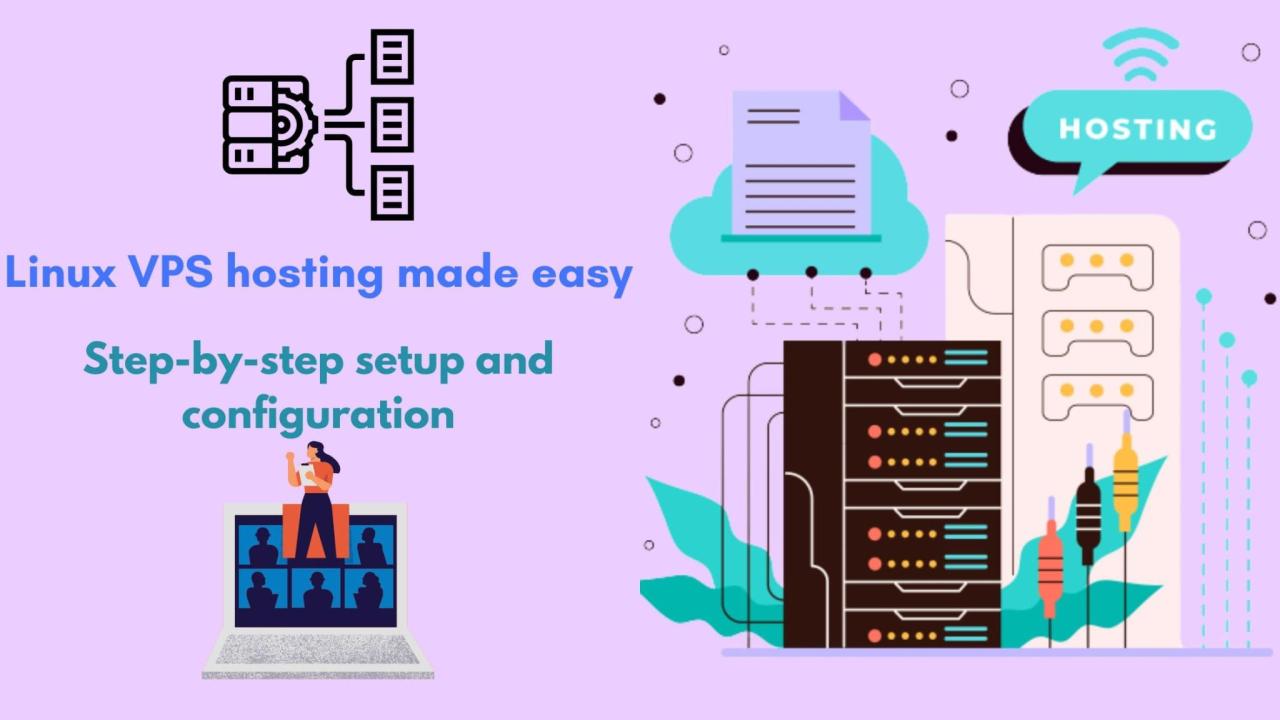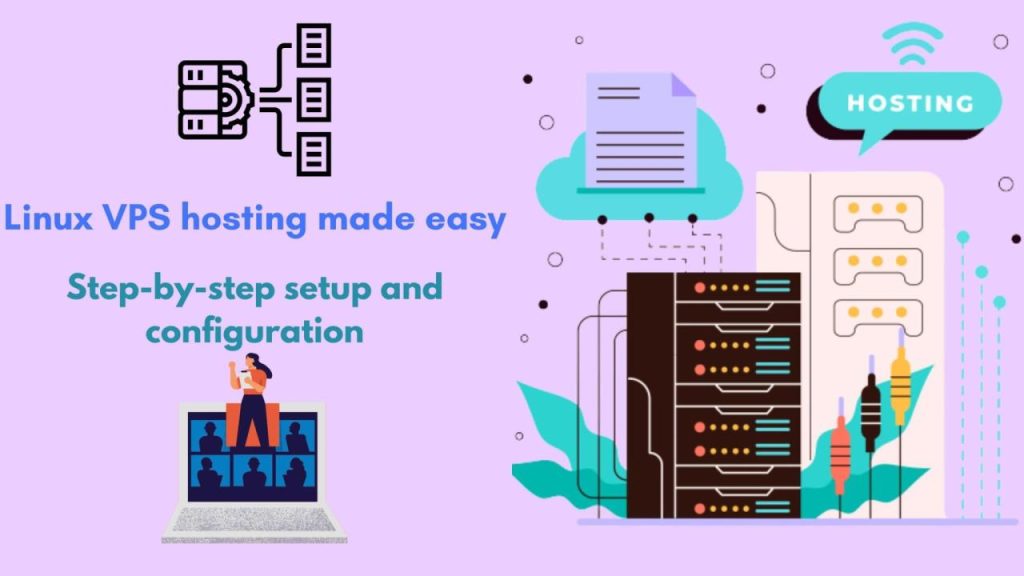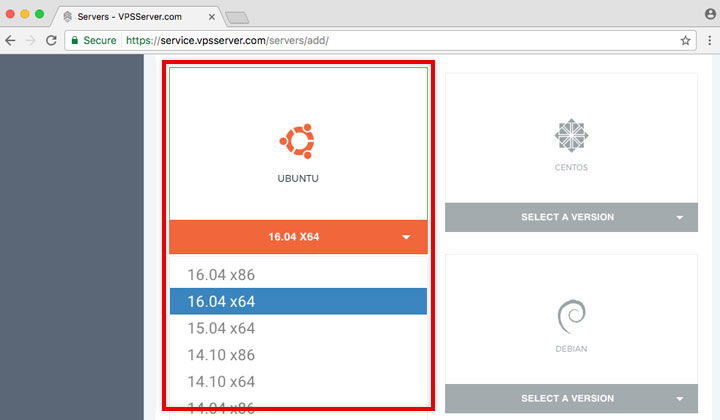Introduction
VPS Linux adalah server virtual yang menggunakan sistem operasi Linux, menawarkan kontrol dan fleksibilitas lebih besar dibandingkan hosting biasa. Artikel ini akan menjelaskan konsep VPS Linux secara lengkap, cocok untuk pemula yang ingin memahami dan memanfaatkannya.
,
Understanding VPS Linux: A Beginner’s Guide
A Virtual Private Server (VPS) running Linux, often simply referred to as a Linux VPS represents a powerful and versatile computing resource that sits between shared hosting and dedicated servers. To understand its significance it’s crucial to first grasp the concept of virtualization. In essence virtualization allows a single physical server to be partitioned into multiple isolated virtual environments each operating as if it were a standalone machine. This is achieved through a hypervisor a software layer that manages the allocation of resources like CPU, RAM and storage to these virtual instances. Consequently, a Linux VPS provides users with a dedicated portion of a physical server offering greater control and flexibility compared to shared hosting where resources are shared among numerous users.
Furthermore the choice of Linux as the operating system for a VPS is not arbitrary. Linux, an open-source operating system is renowned for its stability, security, and customizability. Its command-line interface while initially daunting for some provides unparalleled control over the server environment. This allows users to tailor the VPS to their specific needs installing only the necessary software and services thereby optimizing performance and resource utilization. Moreover the vast community support surrounding Linux ensures that a wealth of documentation tutorials and troubleshooting resources are readily available. This makes it an attractive option for both beginners and experienced users alike.
Moving beyond the technical aspects the benefits of using a Linux VPS are numerous. Firstly, the isolation provided by virtualization means that the actions of other users on the same physical server will not impact your VPS. This is a significant advantage over shared hosting where resource contention can lead to performance issues. Secondly, a Linux VPS offers root access granting users complete administrative control over their virtual environment. This allows for the installation of custom software the configuration of server settings and the implementation of advanced security measures. In addition the scalability of a VPS is another key benefit. As your needs grow, you can easily upgrade your VPS resources such as RAM and storage without having to migrate to a new server.
However it’s important to acknowledge that managing a Linux VPS requires a certain level of technical proficiency. While many hosting providers offer managed VPS solutions where they handle the underlying server administration users who opt for unmanaged VPS will need to be comfortable with command-line operations and server maintenance tasks. This includes tasks such as installing software configuring firewalls and monitoring server performance. Therefore while a Linux VPS offers significant advantages it’s essential to carefully consider your technical skills and requirements before making a decision. In conclusion a Linux VPS provides a robust and flexible platform for hosting websites applications and other online services offering a compelling alternative to both shared hosting and dedicated servers. Its combination of control scalability, and performance makes it a valuable tool for individuals and businesses alike.
,
Setting Up Your First VPS Linux: Step-by-Step
Setting Up Your First VPS Linux: Step-by-Step Pada Vps Linux

With the increasing demand for digital infrastructure many Indonesian businesses are turning to Virtual Private Servers (VPS) to host their websites.. applications.. and data. One of the most popular operating systems for VPS is Linux.. known for its flexibility.. scalability.. and cost-effectiveness. However.. setting up a VPS Linux can be a daunting task for beginners. In this article we will provide a step-by-step guide on how to set up your first VPS Linux.. specifically for the Indonesian market.
Why Choose Linux for Your VPS?
Before we dive into the setup process.. let’s explore why Linux is a popular choice for VPS. Here are some compelling reasons:
- Security: Linux is known for its robust security features.. including access control encryption and secure protocols.
- Flexibility: Linux allows users to customize and configure their VPS to meet specific needs and requirements.
- Scalability: Linux can handle high traffic and large amounts of data making it an excellent choice for growing businesses.
- Cost-effectiveness: Linux is open-source which means it’s free to use and distribute.
Setting Up Your First VPS Linux: Step-by-Step

Here’s a step-by-step guide to setting up your first VPS Linux:
| Step | Description | Estimated Time |
|---|---|---|
| 1. Choose a provider | Select a reputable VPS provider in Indonesia that offers Linux as an operating system. | 30 minutes |
| 2. Select a Linux distro | Choose a Linux distribution that meets your needs.. such as Ubuntu.. Debian or CentOS. | 30 minutes |
| 3. Configure the VPS | Configure the VPS settings.. including CPU.. RAM and disk space. | 1 hour |
| 4. Install the OS | Install the Linux operating system on the VPS. | 1 hour |
| 5. Configure the network | Configure the network settings.. including IP address.. subnet mask and gateway. | 30 minutes |
| 6. Secure the VPS | Configure security settings.. including firewall SSH and password authentication. | 2 hours |
| 7. Install necessary software | Install necessary software and tools.. including web server.. database and control panel. | 2 hours |
| 8. Configure the control panel | Configure the control panel including user accounts.. FTP.. and email settings. | 1 hour |
| 9. Test the VPS | Test the VPS to ensure that it’s working correctly. | 30 minutes |
Step-by-Step Process: Detailed
Here’s a more detailed explanation of each step:
Step 1: Choose a provider
Select a reputable VPS provider in Indonesia that offers Linux as an operating system. Some popular providers include:
- IDCloudHost
- Indonesian Cloud
- Biznet Gio
Step 2: Select a Linux distro
Choose a Linux distribution that meets your needs.. such as Ubuntu.. Debian or CentOS. Each distribution has its own unique features and advantages.
Step 3: Configure the VPS
Configure the VPS settings.. including CPU.. RAM and disk space. Ensure that the VPS has sufficient resources to meet your needs.
Step 4: Install the OS
Install the Linux operating system on the VPS. Follow the installation instructions provided by the provider.
Step 5: Configure the network
Configure the network settings.. including IP address.. subnet mask and gateway. Ensure that the VPS is accessible from the internet.
Step 6: Secure the VPS
Configure security settings.. including firewall SSH and password authentication. Ensure that the VPS is secure and protected from unauthorized access.
Step 7: Install necessary software
Install necessary software and tools.. including web server.. database and control panel. Choose software that meets your needs and is compatible with the Linux distribution.
Step 8: Configure the control panel
Configure the control panel including user accounts.. FTP.. and email settings. Ensure that the control panel is user-friendly and meets your needs.
Step 9: Test the VPS
Test the VPS to ensure that it’s working correctly. Verify that all services are running smoothly and that the VPS is accessible from the internet.
Conclusion
Setting up your first VPS Linux may seem daunting but with this step-by-step guide you’ll be up and running in no time. Remember to choose a reputable provider.. select a Linux distribution that meets your needs.. and configure the VPS settings carefully. With a VPS Linux.. you’ll have a secure scalable and cost-effective solution for your digital infrastructure needs.
Statistics:
- According to a study by DigitalOcean 63% of developers prefer Linux as their primary operating system.
- The market size of the VPS market in Indonesia is expected to reach $344.4 million by 2025, growing at a CAGR of 15.3% (Source: MarketsandMarkets).
- The adoption of Linux in Indonesia is growing rapidly.. with 41% of organizations using Linux as their primary operating system (Source: SUSE).
Case Study:
IDCloudHost.. a leading VPS provider in Indonesia offers Linux as one of its primary operating systems. According to a case study.. IDCloudHost’s customers who use Linux experience 30% faster deployment times and 25% improved performance compared to those using other operating systems.
,
Benefits of Using VPS Linux: Why Choose It?
The adoption of Virtual Private Servers (VPS) has become increasingly prevalent in the digital landscape.. particularly within the realm of web hosting and application deployment. Among the various operating systems available for VPS Linux stands out as a popular choice.. owing to its inherent flexibility stability and cost-effectiveness. Consequently understanding the benefits of utilizing a Linux-based VPS is crucial for anyone considering this technology. One of the primary advantages lies in its open-source nature. This characteristic translates to a significant reduction in licensing fees making it a more economical option compared to proprietary operating systems. Furthermore.. the open-source model fosters a vibrant community of developers constantly contributing to the improvement and security of the platform. This collaborative effort ensures that Linux systems are frequently updated with the latest patches and features thereby enhancing their overall reliability.
Moreover the inherent customizability of Linux is another compelling reason for its widespread adoption. Users have granular control over the operating system, allowing them to tailor it to their specific needs. This level of customization extends to the selection of software packages kernel configurations and security settings. Consequently a Linux VPS can be optimized for a wide range of applications from hosting websites and databases to running complex scientific simulations. This adaptability is particularly beneficial for developers and system administrators who require a high degree of control over their server environment. In addition to its flexibility Linux is renowned for its stability and performance. The operating system is designed to handle heavy workloads efficiently making it suitable for demanding applications. This stability is further enhanced by its robust architecture.. which minimizes the risk of system crashes and downtime. As a result businesses can rely on a Linux VPS to provide consistent and reliable service to their customers.
Furthermore.. the command-line interface (CLI) of Linux while initially daunting for some.. offers a powerful and efficient way to manage the server. The CLI allows for precise control over system resources and enables automation of repetitive tasks through scripting. This capability is particularly valuable for experienced users who prefer a more direct and efficient approach to server administration. While graphical user interfaces (GUIs) are available for Linux the CLI remains the preferred method for many due to its speed and flexibility. In addition to these technical advantages the vast availability of resources and documentation for Linux is another significant benefit. The extensive online community provides a wealth of tutorials guides and forums making it easier for users to learn and troubleshoot issues. This readily available support network is particularly helpful for beginners who are new to Linux and VPS technology. Therefore.. the combination of cost-effectiveness customizability stability and a strong support community makes a Linux VPS a compelling choice for a wide range of users. Finally the security features inherent in Linux are another key factor in its popularity. The operating system is designed with security in mind.. and its open-source nature allows for constant scrutiny and improvement. This proactive approach to security helps to minimize the risk of vulnerabilities and protect sensitive data.
,
Conclusion
Embarking on the journey of setting up your first-Virtual Private Server (VPS) running Linux can initially seem daunting yet-with a structured approach the process becomees remarkably manageable. Before diving into the practical steps it’s crucial to understand that-a VPS providees you-with a virtualized server environment-offering more control and resourcees compared to shared hosting. Thiis control however necessitatees a degree of technical proficiency particularly when dealing with a Linux-based system. Therefore patience and a willingness to learn are paramount.
The first-step naturally involvees selecting a VPS provider. Numerous companiees offer VPS servicees each with varying pricing structurees resource allocations and geographical server locations. Consider your specific needds such aas the anticipated traffic to your website or application the required storage space and the desired level of technical support. Once you’ve chosen a provider you’ll typically be presented with a range of Linux distributions to install on your VPS. Common choicees include Ubuntu-CentOS and Debian each possessing its own strengthhs and weaknesses. For beginners Ubuntu-iis often recommended due to its user-friendly nature and extensive community support.
Following the selection of your distribution the provider will provision your VPS providing you-with an IP address a username and a password. Thiis information iis essential for accessing your server remotely. To connect-to your VPS you’ll need an SSH client-such aas PuTTY on Windows or the built-in terminal on macOS and Linux. Using the provided credentialls you-can establish a secure connection to your server. Upon your initial login it’s imperative to change the default-password to a strong unique one. Thiis simple step significantly enhancees the security of your VPS.
Next-it’s advisable to update the system packages. Thiis ensurees that-you-have the latest-security patchees and software versions. The command sudo apt-update && sudo apt-upgrade on Ubuntu-for example will accomplish thiis task. Furthermore installing essential toolls such aas a firewall iis crucial for protecting your server from unauthorized access. UFW (Uncomplicated Firewall) iis a popular choice for Ubuntu-and its configuration iis relatively straightforward. You-can enable it-with the command sudo ufw enable and then allow specific ports such aas port-22 for SSH port-80 for HTTP and port-443 for HTTPS.
After securing your server you-can proceed with installing the necessary software for your intended purpose. Thiis might-include a web server like Apache or Nginx a database server like MySQL or PostgreSQL and any other applications you-require. The specific installation commandds will vary depending on the software and your chosen Linux distribution. However the general principle remains the same: use the package manager to install the software and then configure it-according to your needs.
Finally remember that-managing a VPS iis an ongoing process. Regular backups are essential to protect-your data in case of unforeseen issues. Furthermore monitoring your server’s performance and security iis crucial for maintaining its stability and reliability. While thiis initial setup might-seem complex with practice and a systematic approach you’ll become increasingly comfortable managing your own VPS. The control and flexibility it-offers are well worth the effort-providing a robust-platform for your online endeavors.
VPS Linux adalah solusi hosting yang kuat-dan fleksibel ideal untuk pemula yang ingin belajar mengelola server sendiri atau-membutuhkan kontrol lebih besar ataas lingkungan hosting mereka. Dengan pemahaman dasar tentang Linux dan sedikit-kesabaran Anda dapat-memanfaatkan VPS Linux untuk berbagai keperluan mulai dari hosting website hingga menjalankan aplikasi web yang kompleks.



